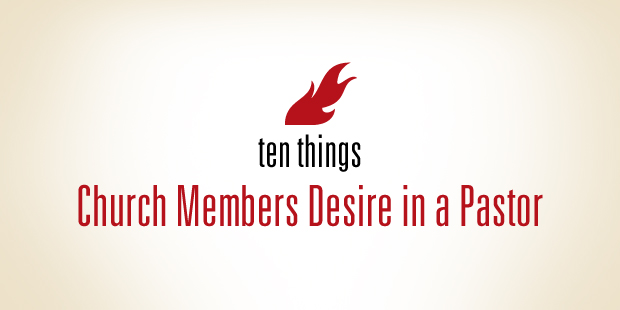
10 Ways Ordinary People Become Good Ministry Leaders, Part 1
The literature on leadership can be discouraging. After reading multiple case studies, theories, and biographies, one can be left with the impression that good leadership is next to impossible. It is limited to those who have the attributes of Superman without the aversion to kryptonite.
I recently compiled a list of good leaders (a few I would characterize as great leaders) who, by most definitions, are common, ordinary people. They were at the middle of their classes in grades. They really did not and do not have charismatic personalities. They had no family or demographic advantages. And none of them, to my knowledge, were outstanding in extracurricular activities.
But now they are doing very well. It’s as if a switch turned on at some point in their lives. They decided that they would no longer be addicted to mediocrity. Instead, they decided they would make a difference. Yet they had few of the innate gifts associated with good or great leaders.
So I wrote down a list of more than twenty characteristics of these men and women. And, somewhat to my surprise, I noted that all of them had ten characteristics in common. Though statisticians would argue that I found correlative factors, I really believe that most, if not all of these characteristics, are causative.
How then do many common people become good or great leaders? Here are the first five characteristics.
- They determined that their integrity would be uncompromised. They did not cut corners or cheat. Though others around them were smarter, more forceful, and more creative, they never compromised in their work and lives. They saw their integrity and reputation to be priceless gifts that could not be forfeited.
- They worked hard. Often when others around them played or wasted time, these leaders continued to work. If they had an employer, they felt like they were stealing from the company unless they gave their best efforts. If they were self-employed, they knew that other companies would eat them alive if they did not work hard.
- They took responsibility for themselves. You will never hear these leaders blaming their employers. You will not hear them complaining because someone else in the organization was recognized or received a promotion. Stated simply, they did not blame others or circumstances. They believed that they lived in a great nation where they had multiple advantages to get ahead.
- They were decisive. They learned that slow decision-making was poor leadership. They knew that analysis paralysis could kill an effort. Instead of living in fear of making the wrong decisions, they moved forward just as soon as they had sufficient information, not complete information. They saw smart people failing to make prompt decisions because they were enamored with more and more information and data.
- They read a lot. While many of their peers spent dozens of hours each week watching meaningless television, these good leaders were reading books, articles, and anything they could to make them a better person and a better leader. Like the impoverished Abraham Lincoln reading books by dim candlelight, these ordinary men and women became extraordinary through their constant and continued learning, regardless of the sacrifice.
Keep in mind that I am looking at common men and women who became good, and even great, leaders. I am not talking about the smartest, the best educated, or the most articulate. These are common men and women who are now extraordinary leaders.
I’ll finish the article tomorrow with the last five.
Read more from Thom here.

Tags: Leadership Characteristics, Leadership Engine, Staff Development, Thom Rainer


























